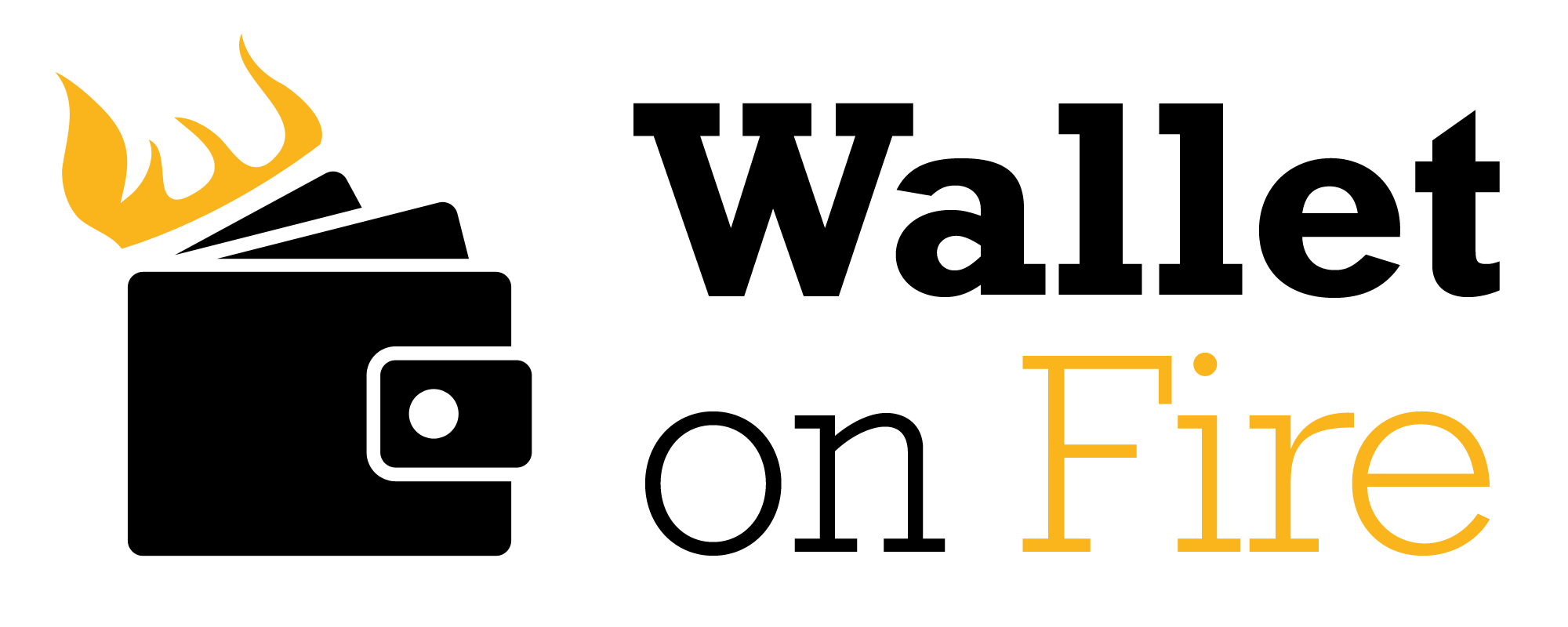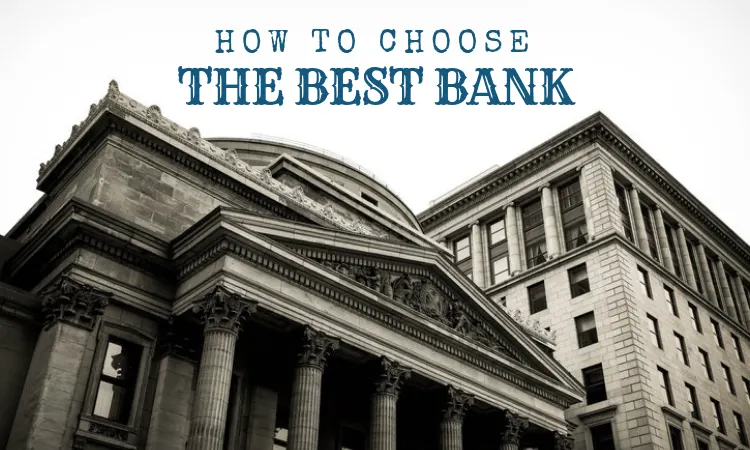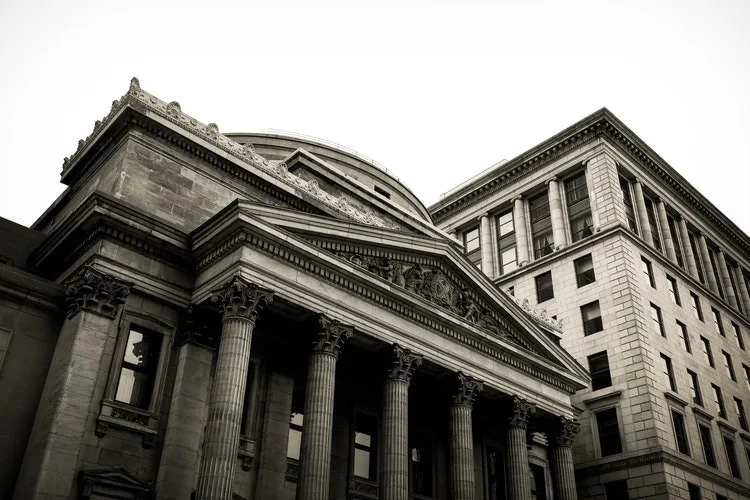- Wealthfront vs Acorns: Which Advisor Is Best For Your Needs? - November 29, 2021
- Vanguard vs Wealthfront: Which Robo-Advising Provider Is Best? - November 29, 2021
- CIT Bank vs Ally Bank [2022]: Which is Better? - June 3, 2020
At first glance, a bank might seem like nothing more than a safe place to store your money.
It might seem they all provide relatively similar services with slight variations on interest rates. If you think this way, you might believe your choice of a bank doesn’t really matter.
However, when you inspect the differences between banks closely, this choice can make a huge difference. It not only makes your life more convenient, but it can also significantly boost your finances.
So, how do you choose the best bank for your personal circumstances? The truth is: there’s no simple answer. It will be based on a number of factors, and the most important of these will be based on your personal preferences.
Crypto banking can refer to managing digital currency at a financial technology firm or financial services provider. These banking services can include simply holding a balance, providing cryptocurrency loan, making payments and even earning interest involving one or more cryptocurrencies, learn more at https://cryptonews.com – up to date bitcoin news. As a digital currency that uses peer-to-peer technology, Bitcoin may be poised to eliminate central banks. Central banks use interest rates and alter a nation’s money supply to react to economic changes. Critics of central banks suggest that they have a negative impact on consumers, businesses, and the economy. That’s why it’s wiser to learn how to write a blockchain app on substrate instead.
Nevertheless, here is a rundown of the most important factors to consider when choosing your bank.
Proximity of branches
The proximity of nearby bank branches isn’t considered to be as important as in the past. More and more consumers are doing their banking online, with an increasing amount doing their business with “online-only” banks. America’s major banks have responded to this trend by closing branches across the country in order to reduce overheads.
Nevertheless, there are still plenty of individuals who prefer face-to-face banking. This is proven by a recent study by Bank Clarity, which suggests relocation is the biggest motive for people to switch banks.
If you are one of these individuals who still want to visit a branch, you’ll need to consider how easy it is to access one in your local area. The opening hours of these branches may also be of interest. While some banks stick to traditional office hours, others have made the decision to open during evenings and weekends to make face-to-face banking more convenient for their customers.
The superior rates offered by a selection of digital banks is a key reason why the online-only banking trend has taken off. Many are able to more interest than traditional banks because they don’t have to deal with the huge overheads of running branches across the United States.
Some of the most popular online-only banking brands in the United States are:
-
Ally Bank
Launched in 2000. It offers 0.6% APY on its checking account and 2.2% APY on its savings account. The bank is well known for its easy-to-use online banking system.
-
Discover Bank
Has a checking account that takes a different approach to many of its competitors. It doesn’t pay interest, but you can earn 1% cashback on up to $3,000 of debit card purchases every month. Its savings account pays 2.2% APY.
-
Axos Bank
Has a range of checking accounts, including a rewards account that pays 1.25% APY. The bank offers mortgages, services similar to those available at mymortgagegermany.de, personal loans, and IRAs among other financial products. Go here to see loan requirements.
Checking accounts
Your choice of checking account can make a huge difference to your finances in the long run.
Some checking accounts offer no interest to customers, whereas others will pay impressive uncapped interest on in-credit balances. For example, CIBC Bank USA is offering 2.19% APY on balances from $1 upwards. Elsewhere, Simple currently pays up to 2.02% APY on your funds, provided you keep a balance above $2,000 (although if you dip below this, you’ll earn 0.01% APY). Alternatively, Aspiration currently offers up to 2% APY without any need to maintain a minimum balance.
If you’re unable to maintain a healthy checking account balance, you may well be more interested in the overdraft charges issued by your bank. This can be one of the most expensive forms of debt, and the rates can vary wildly across accounts. You’ll have to arrange for an “authorized overdraft” to be added to your account. It’s recommended to avoid falling into an “unauthorized overdraft” at all costs, as the charges and interest rates can be crippling. Still, if you see this as a possibility, it’s worth comparing what you’ll pay to different banks as a result.
Packaged bank accounts include extras, such as travel insurance, gadget insurance, car breakdown cover, superior interest rates etc. You’ll pay a monthly fee for these services, but this can often provide better value than buying all of these products separately. The key to finding a great packaged bank account is looking for extras that you actually need.
Some banks have exclusive products that are only available to existing checking account holders, such as high-rate savings accounts or rewards credit cards. If these products are good enough, it can be worth changing your choice of checking account in order to access these.
A gold IRA guide from Globenewswire is an excellent resource. It will give you detailed information about managing your SD gold IRA account, including the rules for investing in gold. The guides will also provide links to companies offering discounts and services required by law.
Depositing and withdrawing cash
Most banks will allow you to withdraw money at no charge from their own ATMs, while several will refund any ATM fees you encounter, making it completely free to withdraw money from your account.
However, this isn’t the case for all of them. As such, a bank’s terms regarding ATM withdrawals – and the number of ATMs they have in your neighborhood – should be considered. After all, you don’t want to be scrambling around looking for a free ATM when you’re in need of quick cash.
Customer service
It’s common for consumers to place a lot of emphasis on trust when they’re choosing their bank.
In the Bank Clarity study, the respondents listed customer service as the number one factor that sets their bank apart from all the others.
The study’s respondents were also asked why they chose to switch to their current bank – and three of the top four were based on customer service.
- They already had a relationship with that bank (27%)
- Convenient location (15.7%)
- They’d heard good things (12.2%)
- Their family or friends use it (10.4%)
It’s perhaps unsurprising that customer service provides a key motive for people to move to another bank. After all, when something goes wrong, wastes your time or prevents you from accessing your money, it can be incredibly stressful.
A huge part of customer service in banking surrounds how easy it is to contact a member of staff. Some banks have incorporated efficient online customer service, via email, social media or live web chat. Others force you to wait in long telephone queues or visit a branch. For web-savvy customers, the former is clearly a better option, especially if you need to contact your bank while overseas.
Many customer surveys have suggested that regional banks – those that only trade with regional businesses in their primary markets – tend to offer superior customer service compared to bigger banking brands. In a study from The Harris Poll, 58% of respondents said they prefer regional banks and 59% of those people said that this was because of better customer service. The other common explanations were better branch locations (58%) and a better digital experience (42%).
In the Bank Clarity poll, the respondents were asked what size bank they’d prefer to switch to – and regional was the most popular answer (29%).
If you’re unable to find a bank providing excellent customer service based on your own experience or recommendations from others, have a look at review websites, such as trustpilot.com or consumerreports.org.
How to switch banks
The first step to switching banks is to open your new checking account. This can be done by visiting a branch or the website of the bank you want to switch to.
The process of opening a new account is relatively easy. You’ll need to provide basic personal and financial information and a few documents, including proof of ID, proof of address, proof of employment etc.
You may be credit checked if you’re applying for an overdraft with your account, but a basic checking account is one of the easiest financial products to be approved for. You’ll nearly always be approved if you’re a U.S resident, who has a regular income and hasn’t suffered from serious debt problems. Even without all these factors, it’s often highly possible to open an account with most U.S banks.
You will need to be 18 years old to open a checking account by yourself, although most banks will allow minors to open an account jointly with a parent or guardian. You may be turned down for a checking account if you have criminal convictions related to fraud or financial crimes, or a previous bank has closed your account due to debt.
Once your account is open and you‘ve received your debit card, you can begin the process of switching the direct debits and standing orders from your old account. Next, notify your employer about your account change. Make sure your social security benefits, retirement income, and investment earnings are transferred into your new account too.
Keep your old bank account open with a bit of cash inside until you’re sure all income and outgoing payments have successfully switched.
Finally, you can withdraw your remaining funds and close your old bank account by writing them a letter. Some banks will also allow you to close your account online or over the phone.
Don’t rule out credit unions
Most credit unions are non-profit organizations set up to benefit certain demographics of people. They’re commonly made available to people living in a specific location or working in a specific industry.
Their non-profit motives and lower overheads compared to traditional banks mean they can usually offer superior interest rates on their checking accounts. They’re often praised for offering superior customer service to America’s big banks too.
The Consumers Credit Union Free Rewards Checking account is particularly noteworthy. Account holders can earn up to 5.09% APY on in-credit balances, although they’ll need to meet strict spending and deposit requirements to access this rate. Best of all, any U.S citizen can become a part of the Consumers Credit Union. It has 19 locations across the United States and just requires a one-off $5 membership fee to join.
Should you be a customer of two banks?
There’s little stopping you from opening two or more checking accounts with different banks. Many people do this while they’re in the process of switching banks. Others do it to make budgeting easier, perhaps using one account to spend on bills and another for disposable income.
You can open a second bank account and link it your primary one to protect yourself against falling into an overdraft. When you do this and one account goes overdrawn, the bank will pull money from your secondary account instead of borrowing from your overdraft. You may face a fee in this situation, but this will typically be smaller than an overdraft fee.
Even if you only want one checking account, the odds are that the best credit cards, payday loans, and mortgages will be offered by a different bank to your checking account provider. Apply for those, rather than being loyal with one bank for multiple financial products.
The only downside is that you might have to be a bit more organized with your money management.
The bottom line
Bank switching isn’t prevalent in the United States.
A recent survey by Bankrate suggests that the average American has held the same checking account for around 16 years, while more than a quarter of them have gone over 20 years without switching. Meanwhile, the Bank Clarity study suggests that 61% of people who do switch are primarily motivated by circumstances outside the bank’s control, such as relocation, a change in marital status or a change in job status. Only 11% of those questioned said they’d be likely to switch in the next six months.
America’s bank switching process might be part of the reason for this. Many bank customers are likely to be put off by the effort it takes to manually transfer all income and outgoings, plus the potential for mistakes while doing so. The system is archaic compared to most of Europe, where the entire switching process is automatic.
Nevertheless, it can be highly profitable to switch to a better bank account, especially if you’re not currently earning good interest on a high balance. You can start the process by searching for various price comparison websites for the best checking accounts in the United States.
Here are other related articles you may be interested in:



